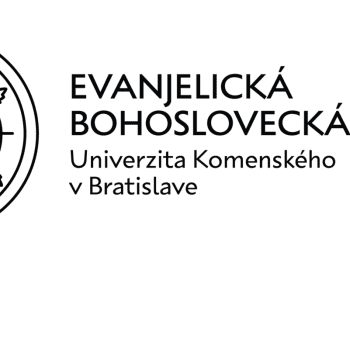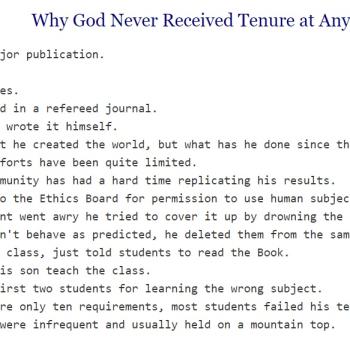The morning of the second day of the York Christian Apocrypha Symposium began with Gregory Fewster discussing assumptions scholars work with regarding pseudepigraphy, and the question of what made a pseudepigraphal work “successful,” focusing in particular on 3 Corinthians. Among the assumptions we take for granted is that, for pseudepigraphy to work, the reputation of the purported author must be leveraged, and the text must not stray too far from the outlook of the purported author. Fewster drew on the work of Daniel Marguerat. P. Bodmer X is our earliest copy of 3 Corinthians, where it is positioned as part of a wider body of correspondence, but also together with seemingly unrelated pieces of Christian literature. It also gets incorporated within the Acts of Paul. How do we judge the success of this popular pseudepigraphon? Do its ideas (e.g. about the flesh) which are in tension with authentic works of Paul (as well as other pseudepigraphic works) have a strong influence? In the question time, my former colleague Glenn Snyder got a mention. One function of pseudepigraphy is to allow an author to “interpret” themselves and their own authentic works. I really appreciated the discussion of what we mean by “success” in the case of pseudepigraphal works. Inclusion or not in the New Testament is one possible measure. But others can also be proposed, such as how widely a work was read and copied. I found myself remembering Van Eykel’s paper from yesterday – one might measure the success of the novels he surveyed in terms of number of copies sold, but also in terms of how much reading those works subsequently shaped how people subsequently read canonical works. Can we measure in any meaningful way the extent to which the distinctive viewpoints in 3 Corinthians can be seen to have influenced the thought even of those who may be writing about Paul, without explicitly mentioning 3 Corinthians?
The second presenter in the session was Pamela Reaves, looking at Petrine pseudepigraphy and views of suffering. In this corpus, we see how the relative value of physical suffering is a point of debate among Christians. The Savior is depicted as correcting Peter’s understanding in the Coptic Apocalypse of Peter. Martyrdom is not explicitly mentioned, but Reaves makes the case that the author is addressing that strand of Christianity which esteemed and even desired death as a martyr. In depicting the crucifixion, the real Savior stands by untouched by the suffering of his material body. Becoming perfect and having a full understanding is the aim, not being persecuted or martyred. The Letter of Pseudo-Peter makes much the same points, albeit less explicitly. Apostolic unity is emphasized, as is the continuity of post-crucifixion revelations with earlier teaching of Jesus, and yet the greater importance of the former since the disciples did not understand Jesus’ teaching before the crucifixion. Focus is shifted from bodily existence to spiritual realities, as discussion is offered of Christ’s somatic existence within a body that, like all human bodies, is the work of the Archons. Both the apocalypse and the letter use the terminology of “smallness.” It is necessary for the disciples to suffer, just as Jesus did. Lacunae prevent us from doing more than speculating about how this is addressed in the letter, but it likely was comparable to what we find in the apocalypse. Peter says that Jesus was crucified and buried in a tomb, but not that he experienced physical suffering in the process. Both works emphasize unity and yet also prioritize the understanding of Peter. Yet the letter provides less explicit evidence of concern with divergent Christian perspectives. In the question time, Ross Ponder mentioned ongoing work on reconstructing Codex Tchacos, which may help fill in some lacunae, although that manuscript is even more fragmentary overall. One difference is whether Christ is said to be a stranger to death or to suffering. Piovanelli noted that the First Apocalypse of James has a parallel to Jesus telling Peter to be strong and not anxious, and not meaning by that to seek or embrace martyrdom. There was an interesting question about an alternative to Karen King’s view of the thematic unity of Codex Tchacos. Tony Burke suggested that we ought to look more at the choice of main character in pseudepigraphy, and whether it reflects particular themes associated with an individual. He also asked whether readers would actually assume that works like these gave historically genuine information about the life and teaching of a given individual. I then shared my thought about the point being to offer a lens that shapes how people subsequently read canonical texts, regardless of whether the lens itself is considered canonical or historically authentic.

















